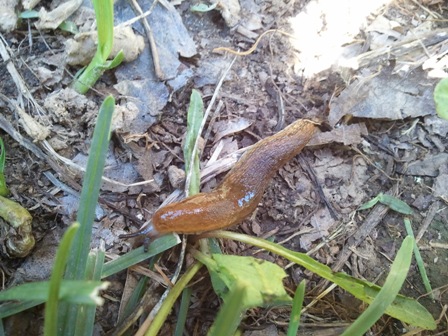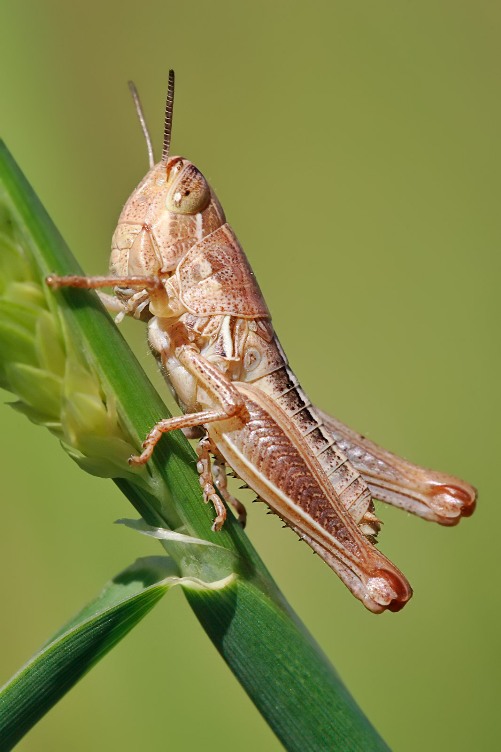Salamandra salamandra - Fire Salamander
Nutrition
The diet of Salamandra salamandra is very much
like that of most other amphibians and a few reptiles. Fire salamanders
are considered carnivores, meaning they get their energy from eating
other organisms. Their diet consists of a variety of insects,
slugs, and
earthworms. More specifically, the insects they consume
include: grasshoppers,
flies,
beetles, spiders, centipedes and
millipedes. As larvae, they will consume small water crustaceans and
insects. Each individual fire salamander chooses its own preferred
type of food from the preceding list at an early age, usually after its
larval stage. This will be their prey of choice for the remainder of
their lives.
Fire salamanders have a number of specialized
skills for hunting their prey.
Several characteristics of their eyes lend to success in finding,
tracking, and ultimately catching their prey. Their eyes have the
ability to distinguish the basic colors red, blue, green, and yellow
from gray, which helps them to better distinguish prey from stationary
objects. There are also tremor-like movements that occur in their
eyes which help them decipher between moving and stationary objects.
In the terrestrial adult stage, their
eyes are very adept at focusing on objects a great distance away. This
contributes greatly to their hunting success.

Also, when light is unavailable, the
fire salamander will use olfactory
senses when hunting. This is a very important sense for them to
possess as they are nocturnal creatures and do most of their hunting at
night. This type of hunting is also useful when their prey is
stationary and therefore harder to detect.
Lastly, fire salamanders have a specialized tongue that is well
suited for hunting. Their tongues have the ability to shoot out
faster than a human can blink. Once their tongue is out, it will
immediately latch onto their prey, and they will bring it into their
mouth.
You can also review their Adaptations, or return to the Home page.

